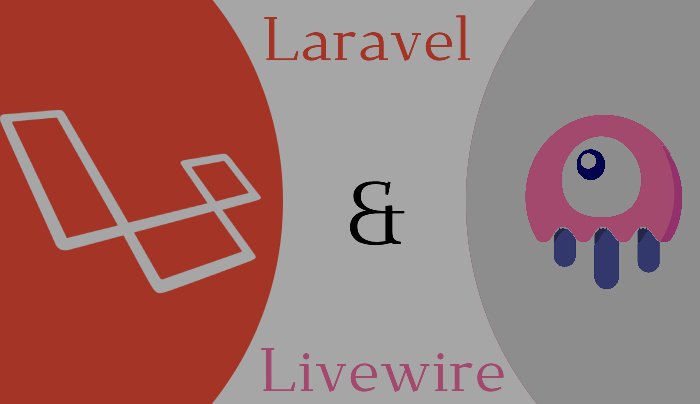CI/CD
17 Oct, 2023
Abdelrahman Etry
What is CI/CD?
CI and CD stand for continuous integration and continuous delivery/continuous deployment. In very simple terms, CI is a modern software development practice in which incremental code changes are made frequently and reliably. Automated build-and-test steps triggered by CI ensure that code changes being merged into the repository are reliable. The code is then delivered quickly and seamlessly as a part of the CD process. In the software world, the CI/CD pipeline refers to the automation that enables incremental code changes from developers’ desktops to be delivered quickly and reliably to production.
As technology and software development continue to evolve, there is always a greater emphasis on faster, more efficient, and more reliable ways of creating, testing, and deploying code. This is where continuous integration and continuous deployment, or CI/CD, comes in. CI/CD is a methodology for managing and automating the software delivery process to achieve these goals.
At its core, CI/CD is all about breaking down the traditional barriers between development, testing, and deployment. It involves integrating these processes into a single automated pipeline that allows developers to deliver code changes more quickly and with greater confidence.
In practice, this means that developers write and submit code changes to a shared code repository, which is automatically built, tested, and deployed to a production environment using a series of automated tools and processes. Any errors or issues are identified and resolved automatically, reducing the risk of human error and speeding up the time to delivery.
Benefits of CI/CD:
One of the biggest benefits of CI/CD is speed. With an automated pipeline in place, code changes can be built, tested, and deployed in a matter of minutes or hours, instead of days or weeks. This allows teams to work more efficiently and rapidly iterate on code, improving productivity and allowing businesses to respond to changing market conditions more quickly.
Another key benefit of CI/CD is reliability. By automating the testing and deployment processes, teams can be confident that any changes they make will not adversely affect the existing codebase or cause issues in production. This reduces the time and resources required for manual testing and troubleshooting, freeing up developers to focus on more strategic work.
Finally, CI/CD allows businesses to scale their development and deployment processes more easily. By standardizing and automating key processes, teams can quickly onboard new developers and quickly ramp up their capacity to handle more complex projects.
CI/CD pipelines in practice:
Let's consider an example of a typical web application built using a microservices architecture. In this scenario, developers might use a code repository like GitHub or GitLab to store their code changes. The pipeline itself might involve a series of steps, including code linting, automated testing, security scanning, and deployment to a production environment.
At each step in the pipeline, automated tools or scripts would run to ensure that the code meets the requirements and guidelines for that particular stage. For instance, a code linting tool might check for common syntax errors, while a security scanning tool might look for potential vulnerabilities.
Once the code passes each step in the pipeline, it is automatically deployed to a staging environment for further testing and approval. Once testing is complete, the code is then deployed to a production environment, where it is available for end-users.
Conclusion:
CI/CD is a powerful methodology for modern software development that offers significant benefits in terms of speed, reliability, and scalability. By integrating and automating key processes, teams can rapidly iterate on code, reduce the risk of errors, and respond to changing market conditions on a dime. If you're not already using CI/CD in your own development processes, it's definitely worth considering as a way to improve your team's efficiency and output.


.jpg)
.jpg)
.jpg)
.jpg)
.jpg)

 (1).jpg)
.jpg)